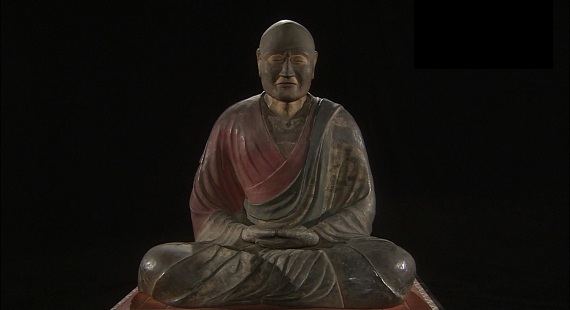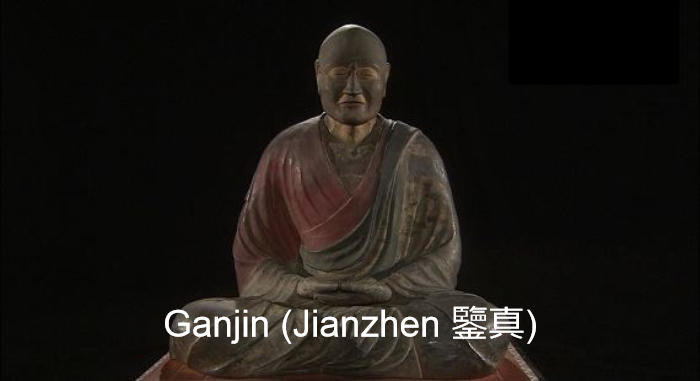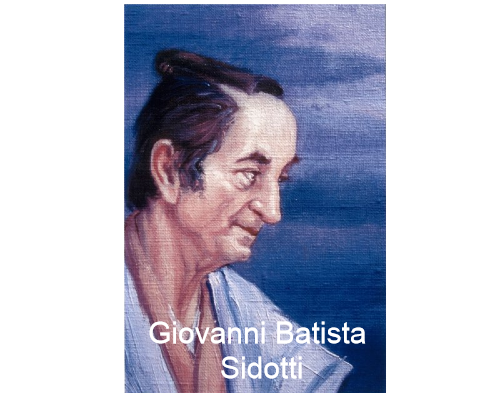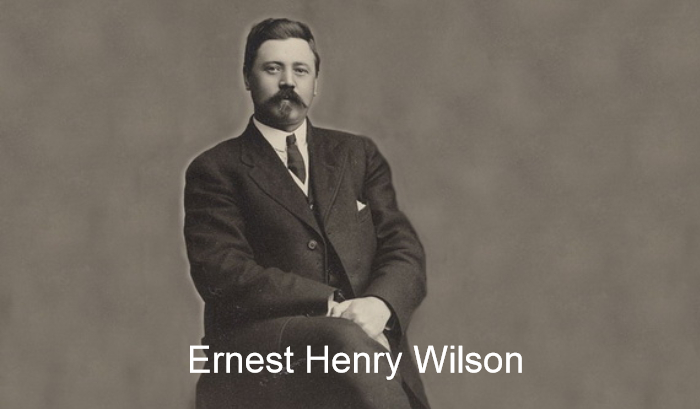
Foreign visitors coming to Yakushima did not begin in recent times, but certainly the number of foreign visitors and the relative ease in which they arrive to the island is a recent phenomena. The attraction of Yakushima as a place of natural beauty was recognized by the British botanist, Ernest Henry Wilson in 1914 and he could be credited with being the instigator for the first phase of environmental conservation on Yakushima. Wilson was keen to see the forests of Yakushima protected from commercial logging and he suggested some form of protection of the island during his sojourn in Japan between 1914 – 1917.
Foreign visitors to Yakushima prior to Ernest Wilson tended to arrive to the island to evade bad weather at sea. In other words, they were usually unaware of Yakushima until they inadvertently arrived there. Perhaps the most famous foreign visitor to Yakushima arrived in 753 when Ganjin (Jianzhen 鑒真 in Chinese) was on his way to Nara to help establish the early Buddhist monasteries and temples. Ganjin recorded that he was impressed with the abundance of natural remedies found upon the island. Ganjin`s legacy left an impression on Japan for centuries thereafter and is also a familiar name in China.
A second surprise foreign visitor to Yakushima was Giovanni Batsita Sidotti in 1708. The surprise being that foreign visitors were forbidden unless they had permission to arrive to nominated ports – Nagasaki being the most famous. To make matters worse, Sidotti was on a Christian mission to Japan which had outlawed Christianity some 70 years prior to his arrival. Sidotti was arrested upon Yakushima and eventually sent to Edo (current Tokyo) where he formed a strong relationship with his chief interrogator, Arai Hakuseki. The outcome of this relationship were a series of documents written by Hakuseki that offered a glimpse of events taking place in the outside world. Such information was rare during Japan`s two centuries of seclusion known as the Sakoku Period.





